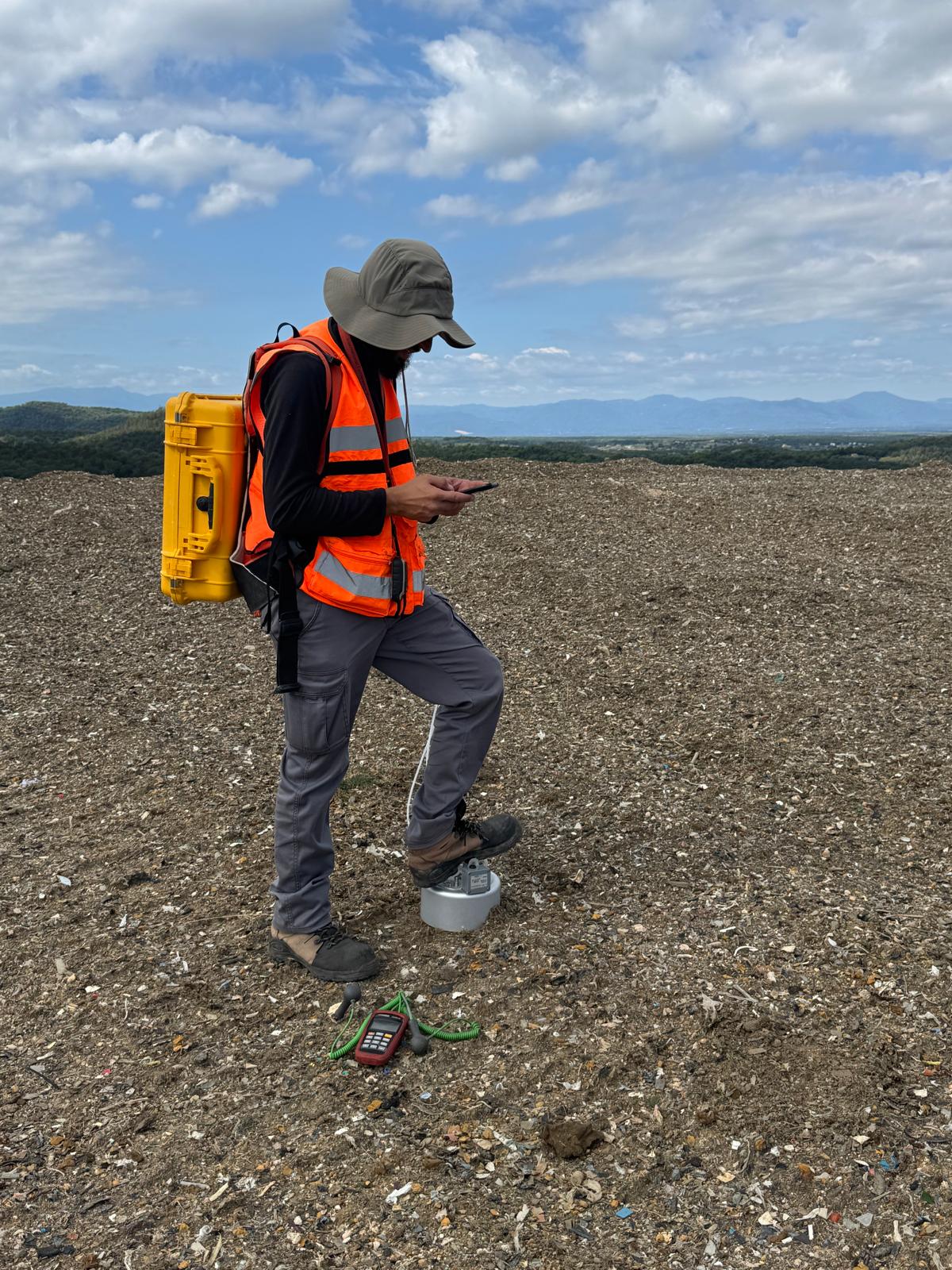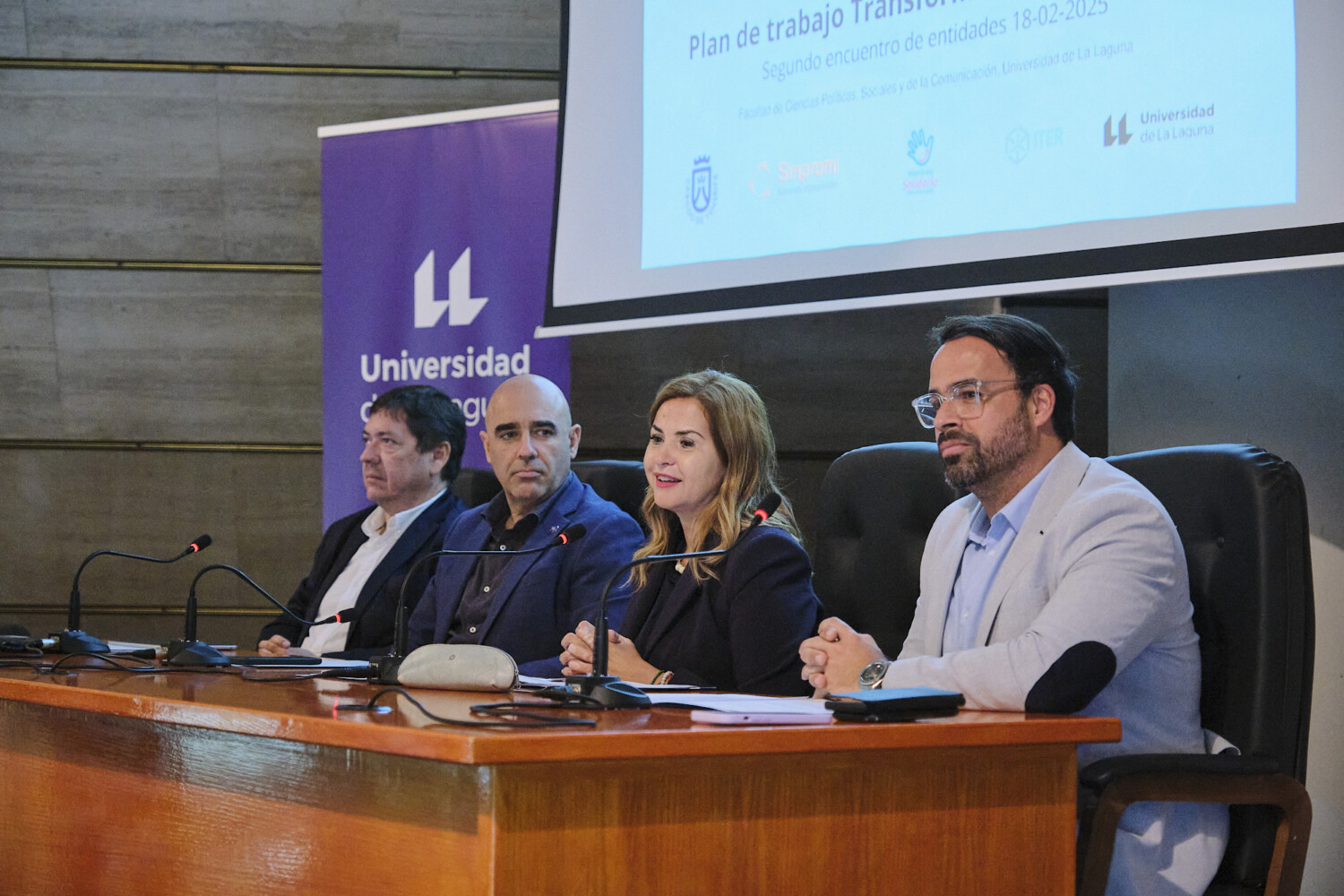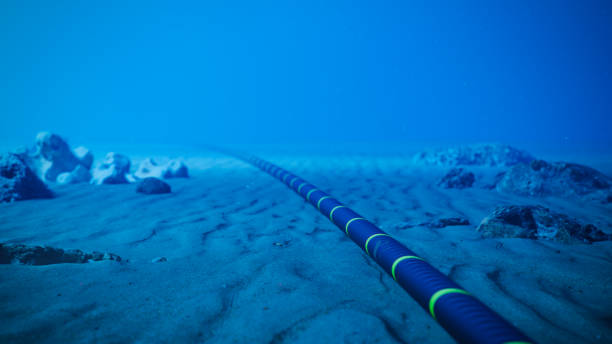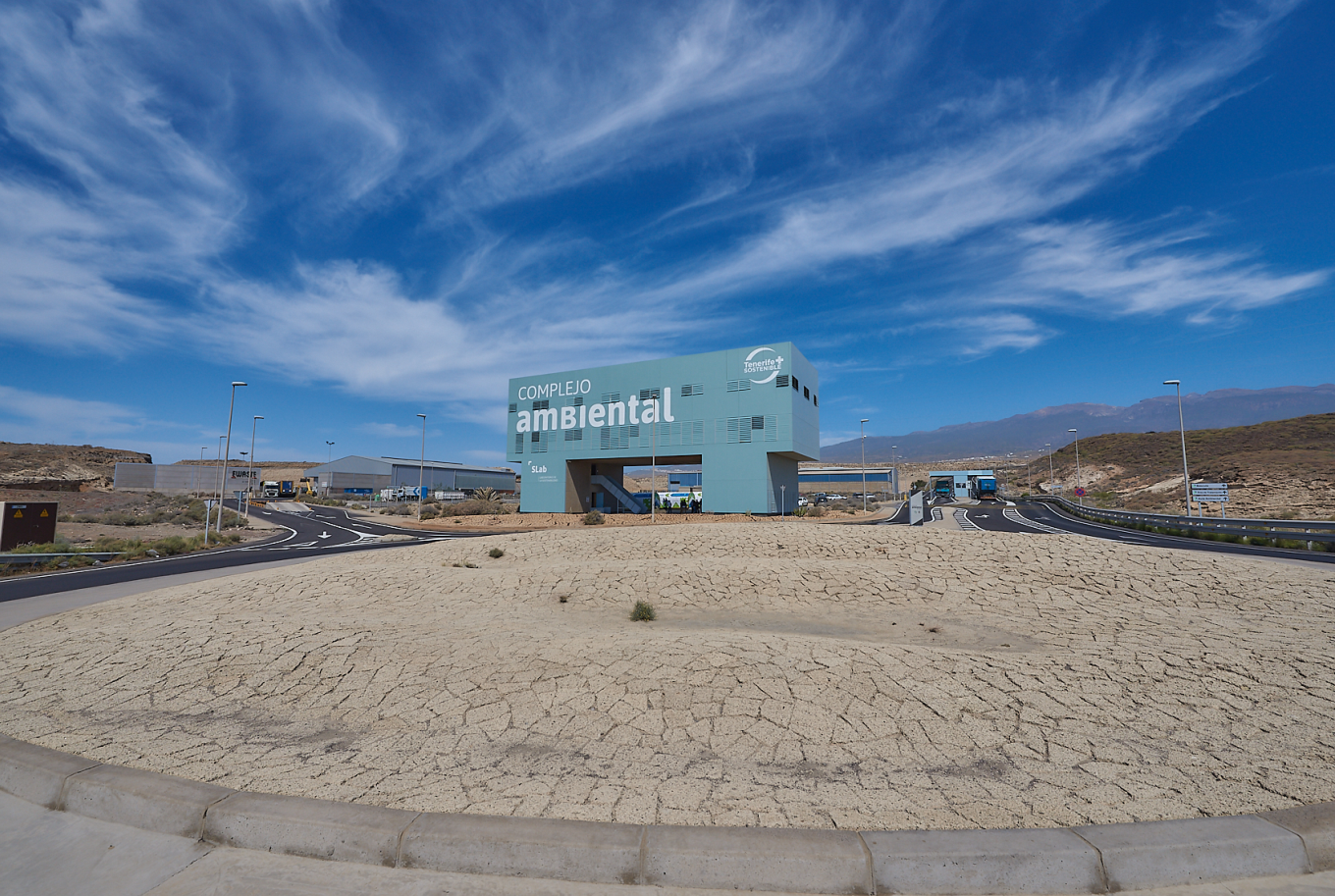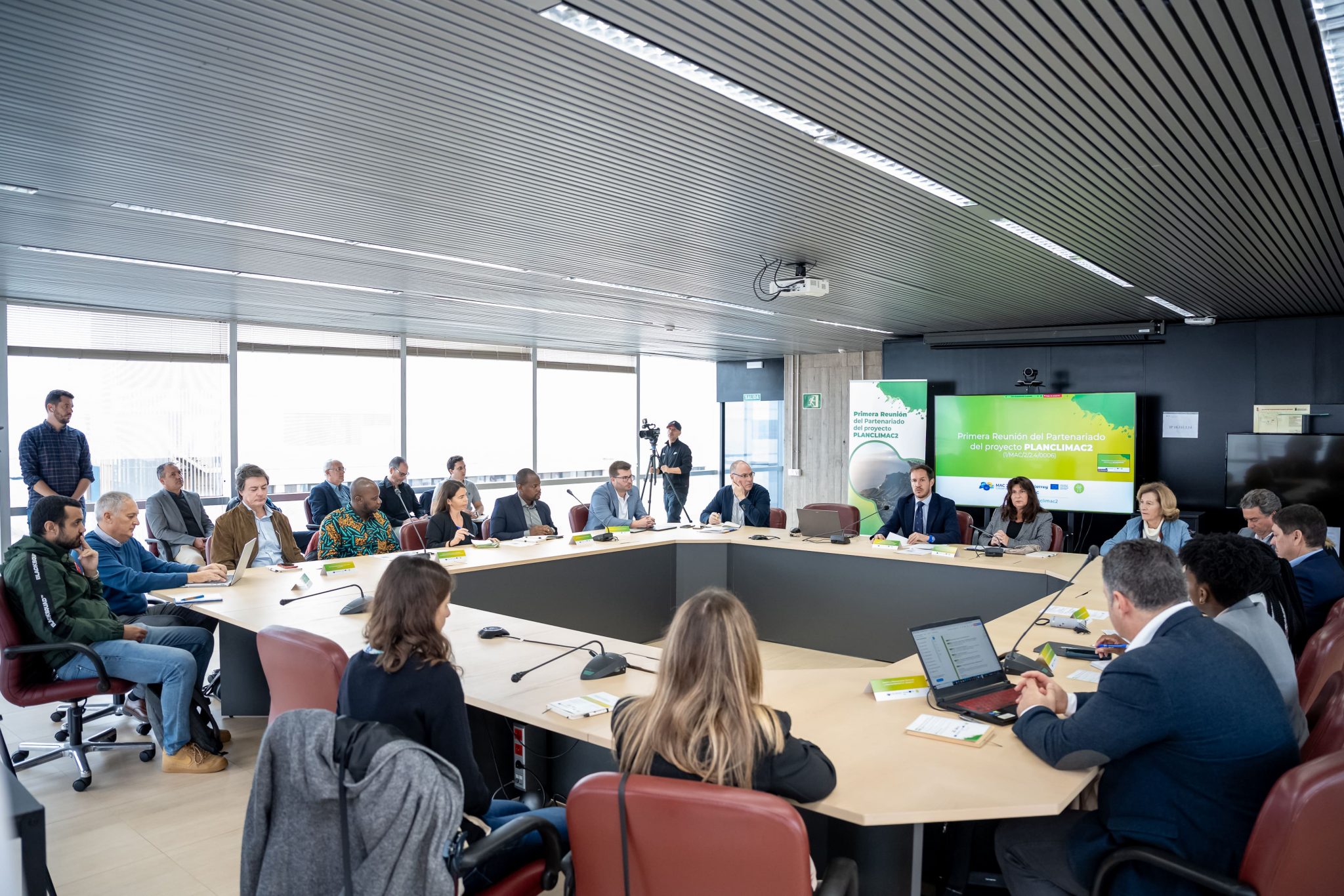To date, ITER research staff has conducted campaigns to detect and quantify fugitive methane emissions in five landfills in Catalonia.
The Environment Area of the Instituto Tecnológico y de Energías Renovables (ITER) continues to materialize a scientific collaboration project with the Universitat Autònoma de Barcelona (UAB) on the fugitive emission of methane (CH4) to the atmosphere in Catalan landfills. This project, led by the UAB, is funded by the Agència de Residus de Catalunya, which depends on the Generalitat de Catalunya.
UAB contacted ITER for the development and execution of this project due to the wide experience accumulated by the institute in the last 25 years in the study of methane emissions in landfills both in the Canary Islands and in the Iberian Peninsula.
The objective of this project is to improve the estimation of methane (CH4) emissions to the atmosphere in Catalan landfills and to contribute to quantify the efficiency of biogas extraction systems in Catalan landfills.
Last week ended a scientific campaign of an ITER-UAB team in the Solius landfill (Girona). So far, ITER scientists have conducted several scientific campaigns on fugitive methane emission to the atmosphere in five Catalan landfills: Pla de l’Estany (Girona), Castellnou de Seana (Lleida), Centre de Tractament de Residus municipals d’Osona and Can Mata in Els Hostalets de Pierola (Barcelona).
The importance of this type of study is that an increase in the concentration of CH4 in the atmosphere is being observed and, on a global scale, landfills contribute 11% of the CH4 emission to the atmosphere from human activity.
Methane is the second most important greenhouse gas contributing to climate change, after carbon dioxide. In fact, methane’s ability to trap heat in the atmosphere is even greater than that of carbon dioxide. On a 100-year time scale, methane has a global warming potential 28 times greater than carbon dioxide and is 84 times more potent on a 20-year time scale.


